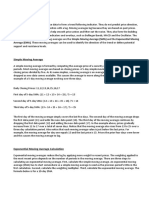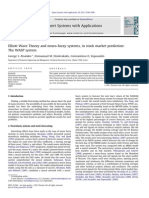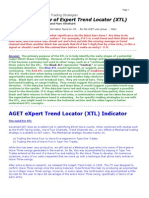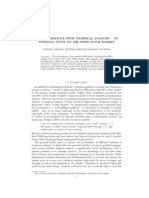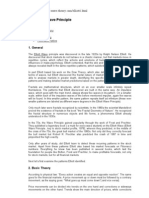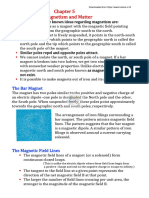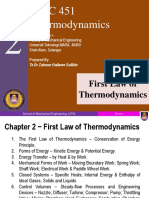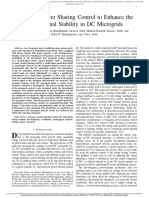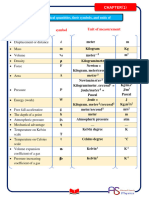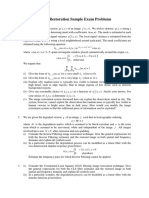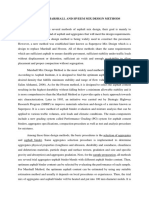0% found this document useful (0 votes)
105 views9 pagesTutorial EW PRINCIPLE by WaveTrack
The document provides an overview of R.N. Elliott's "Wave Principle" theory for analyzing stock market movements. [1] It describes how Elliott discovered that markets follow specific repetitive patterns that can be used to predict future movements. [2] These patterns exist on all scales from galaxies to molecules and are governed by universal laws of vibration, polarity, and compensation. [3] Elliott defined different wave patterns for trends (5 waves) and corrections (3 waves) that form an ongoing hierarchical structure from small to large time periods.
Uploaded by
dig nameCopyright
© © All Rights Reserved
We take content rights seriously. If you suspect this is your content, claim it here.
Available Formats
Download as DOC, PDF, TXT or read online on Scribd
0% found this document useful (0 votes)
105 views9 pagesTutorial EW PRINCIPLE by WaveTrack
The document provides an overview of R.N. Elliott's "Wave Principle" theory for analyzing stock market movements. [1] It describes how Elliott discovered that markets follow specific repetitive patterns that can be used to predict future movements. [2] These patterns exist on all scales from galaxies to molecules and are governed by universal laws of vibration, polarity, and compensation. [3] Elliott defined different wave patterns for trends (5 waves) and corrections (3 waves) that form an ongoing hierarchical structure from small to large time periods.
Uploaded by
dig nameCopyright
© © All Rights Reserved
We take content rights seriously. If you suspect this is your content, claim it here.
Available Formats
Download as DOC, PDF, TXT or read online on Scribd
/ 9







